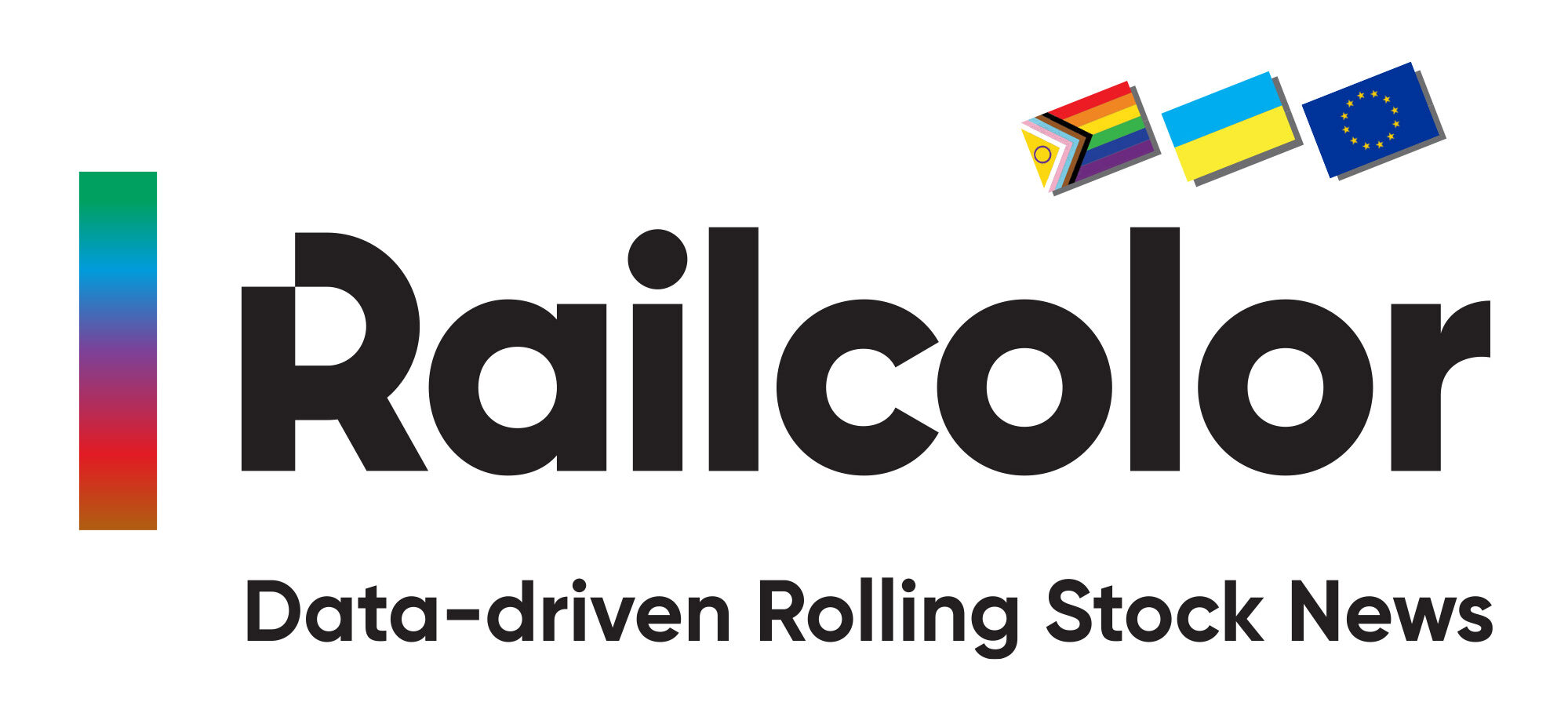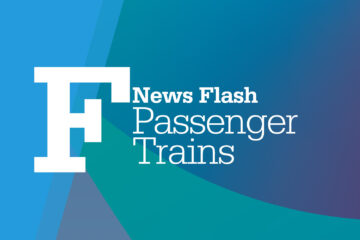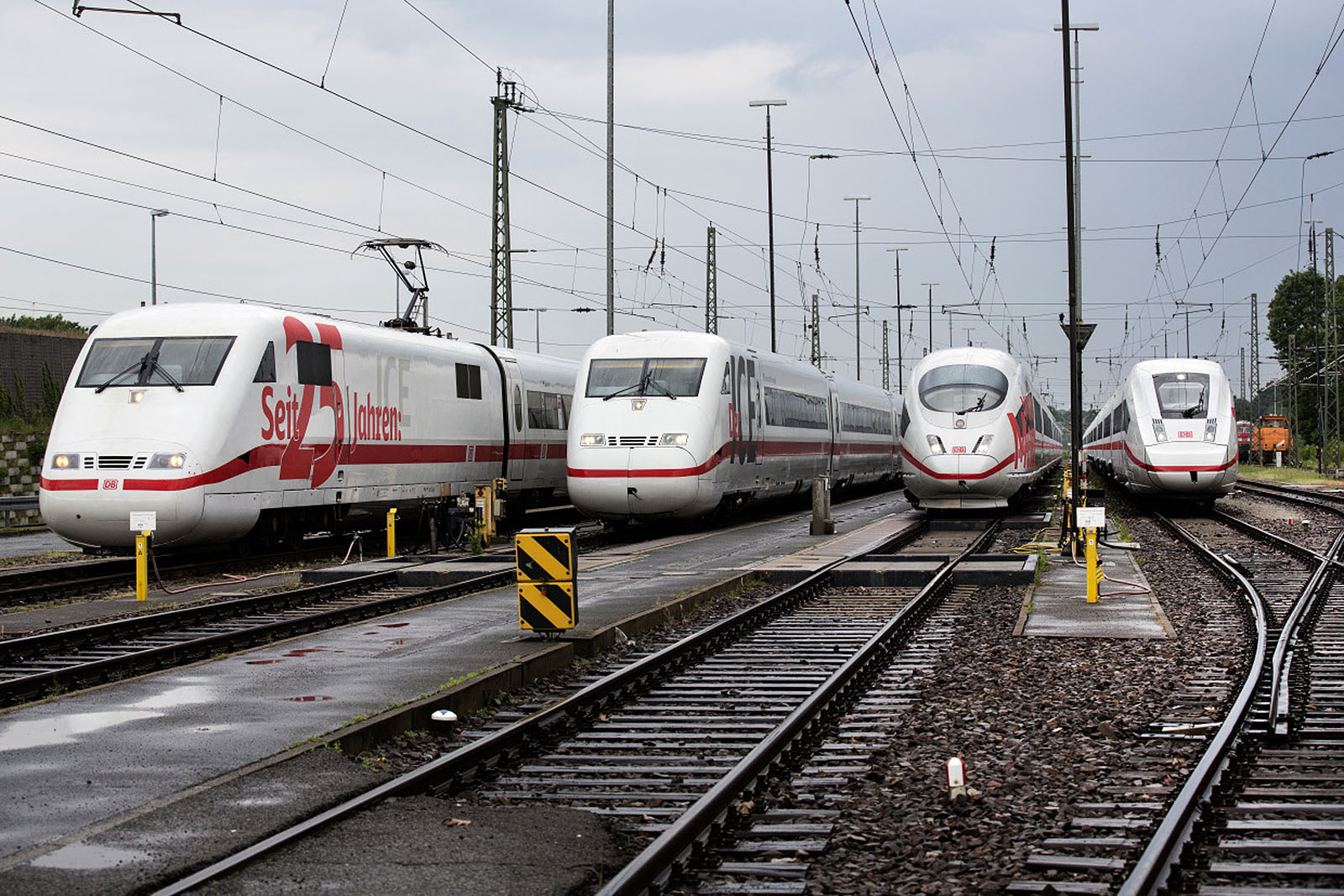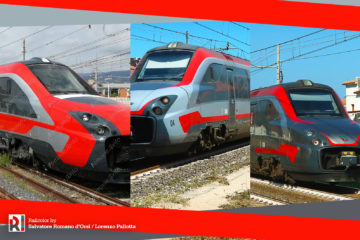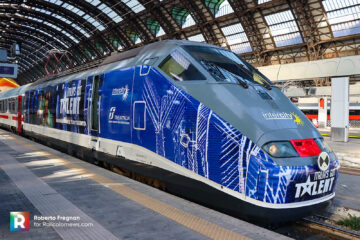An article entitled ‘Italy: why trains run better, faster and more reliably than in Germany’ signed by journalist Ulrike Sauer and published in the prestigious German newspaper Süddeutsche Zeitung is causing quite a stir. Our correspondent Lorenzo Pallotta reacts from Italy:
“Italy can indeed,” the article reads, “boast of the density of its high-speed network. Between Rome and Milan, there are 160 high-speed trains per day, 120 more than in Berlin and Munich. A Frecciarossa or an Italo by NTV leaves every ten minutes at peak hours. The train has almost completely replaced the plane on the route. Car travel has also become less attractive on the 572-kilometre route’.
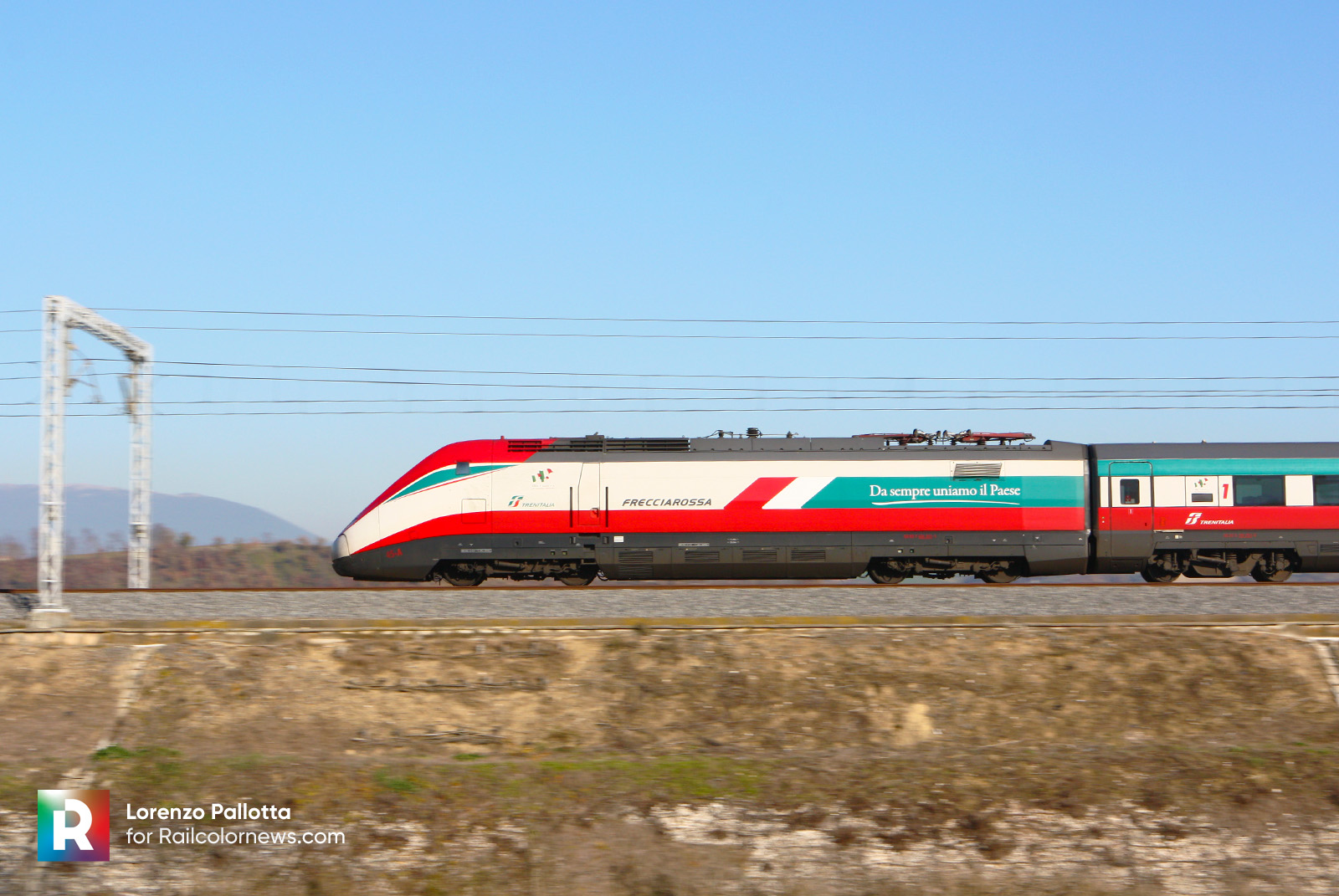
Interesting numbers also include the fact that Deutsche Bahn recently had to announce that punctuality has deteriorated further in Germany: in May, only 63.1% of the German railway’s IC and ICE trains arrived at their destination on time.
‘The Frecciarossa,’ writes Ulrike Sauer, ‘symbolises a modern, European transport infrastructure. Without stopping, the red train arrives at 9.35 a.m. at Roma Termini, in the heart of the Italian capital. It covers the 478 railway kilometres in 2 hours and 59 minutes. Passengers save almost three hours compared to travelling by car, as well as money and 42 kilograms of CO2 emissions. By booking in advance, the journey costs EUR 37.90 in standard class and EUR 51.90 in business class.
Important figures also relate to the daily number of high-speed connections between the main national cities. If 160 trains a day run between Rome and Milan, between Berlin and Munich, this number stops at 40.
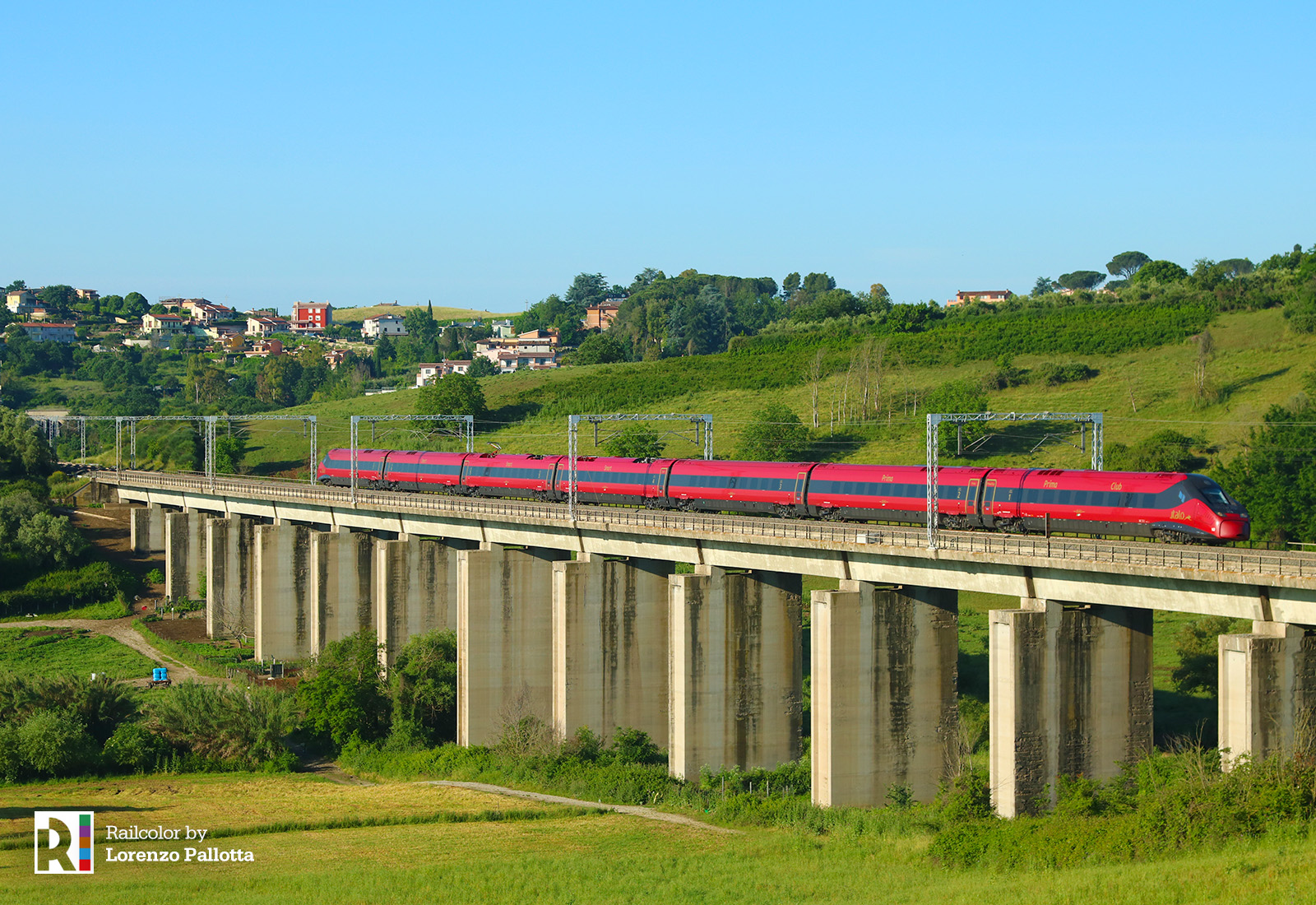
But is it all roses and sunshine?
It is beyond dispute that high-speed rail in Italy is a spearhead, but just as it is right to postulate this principle, it is also correct to look beyond it. Indeed, everything in the article is true, but the system’s weaknesses should not be forgotten either. Otherwise, there is a risk of incurring a one-way eulogy that turns the nose up at those who travel every day.
To continue reading this article – you need a Railcolor subscription. You can order one here.
